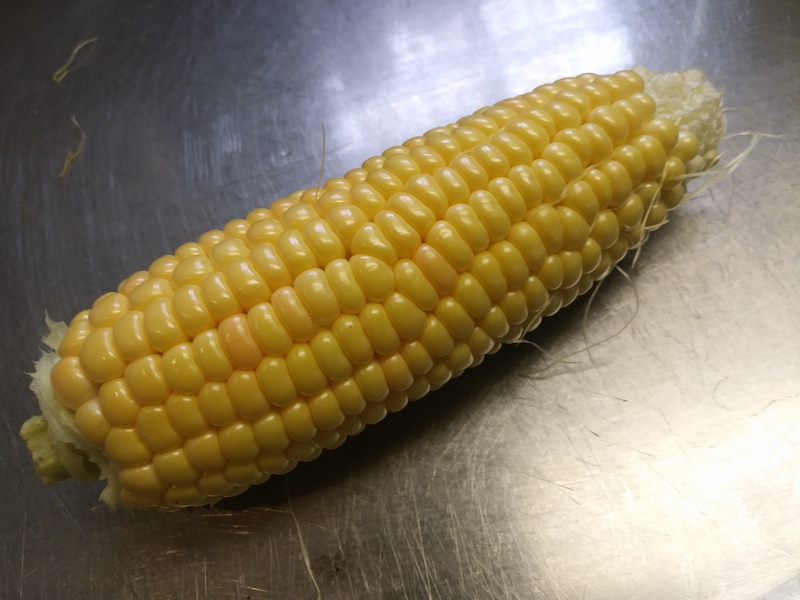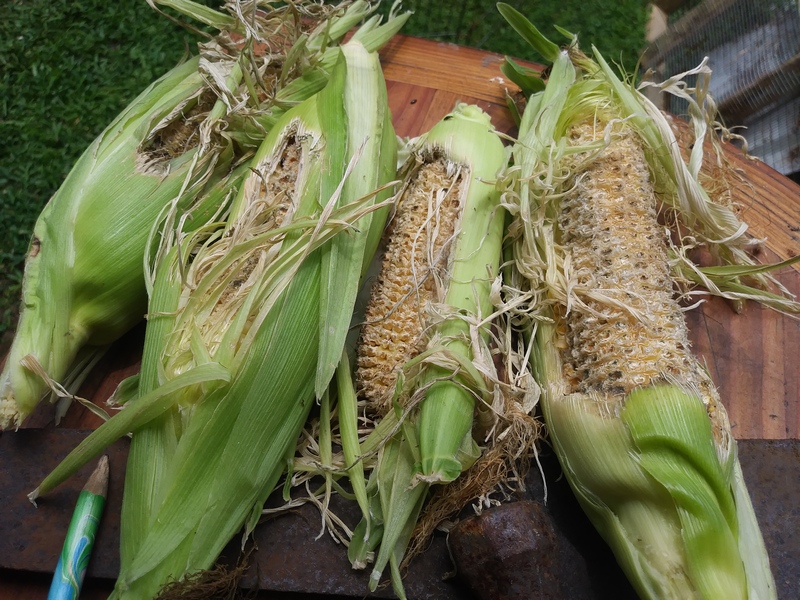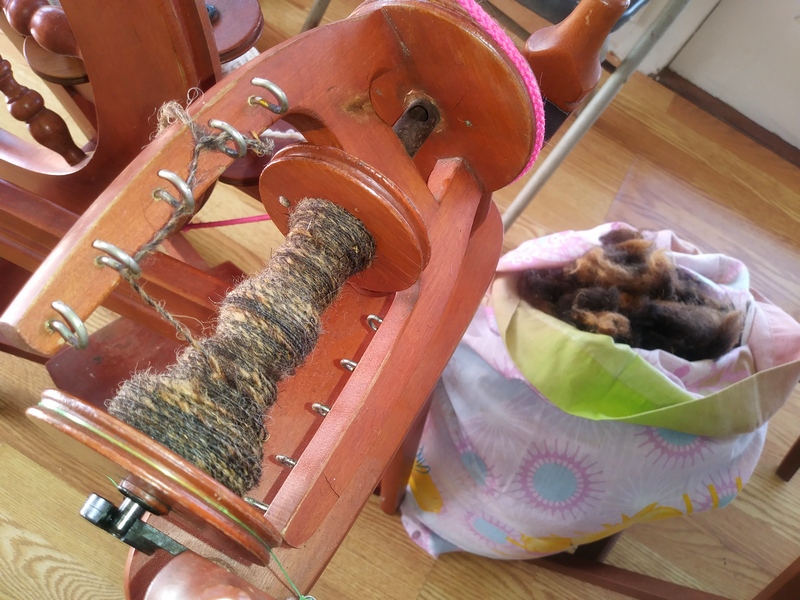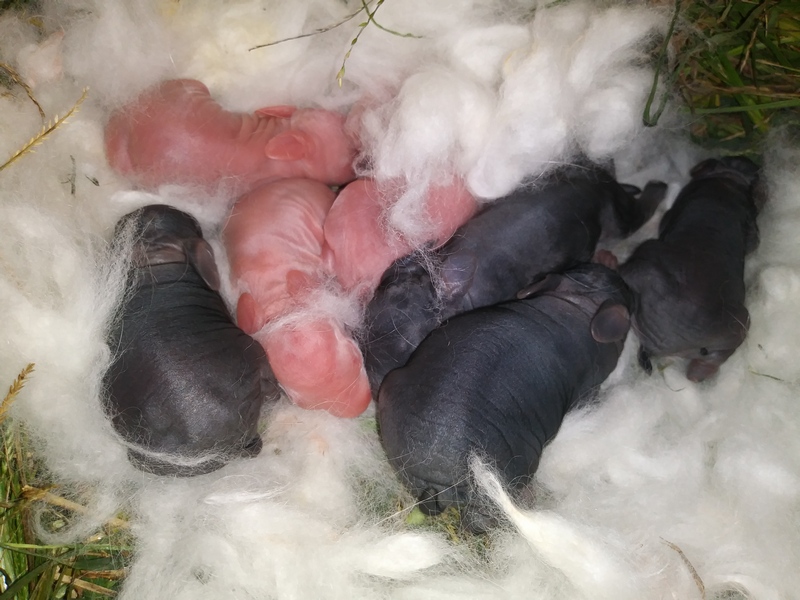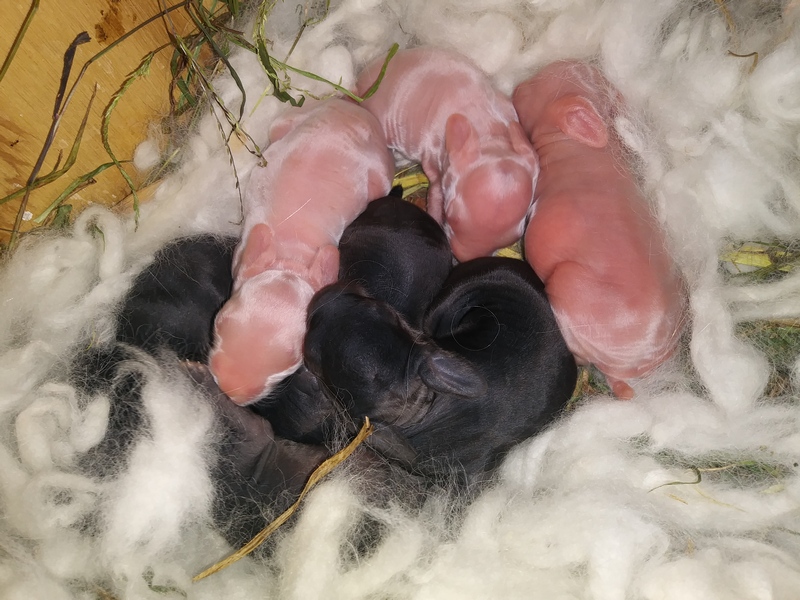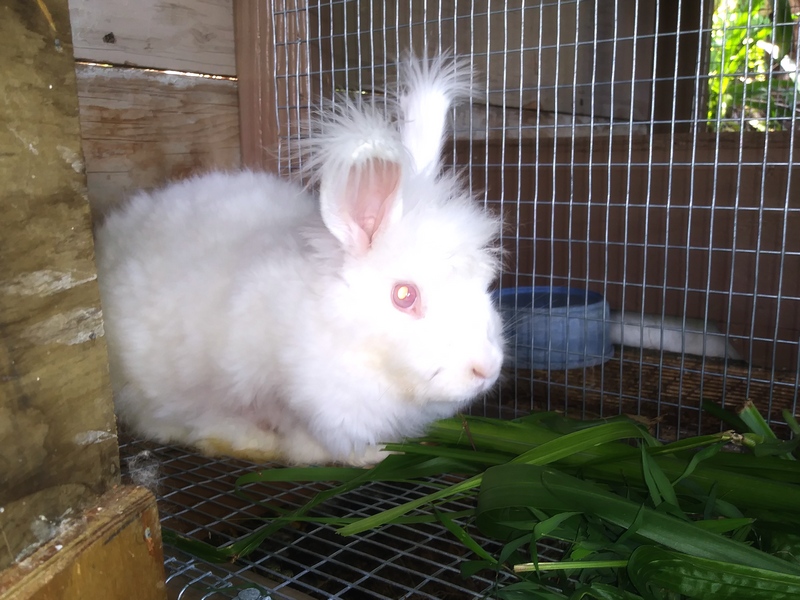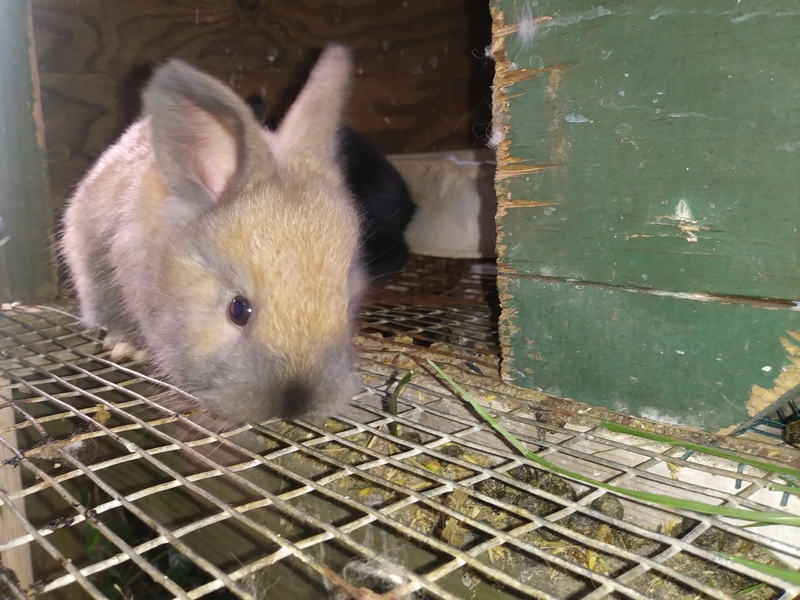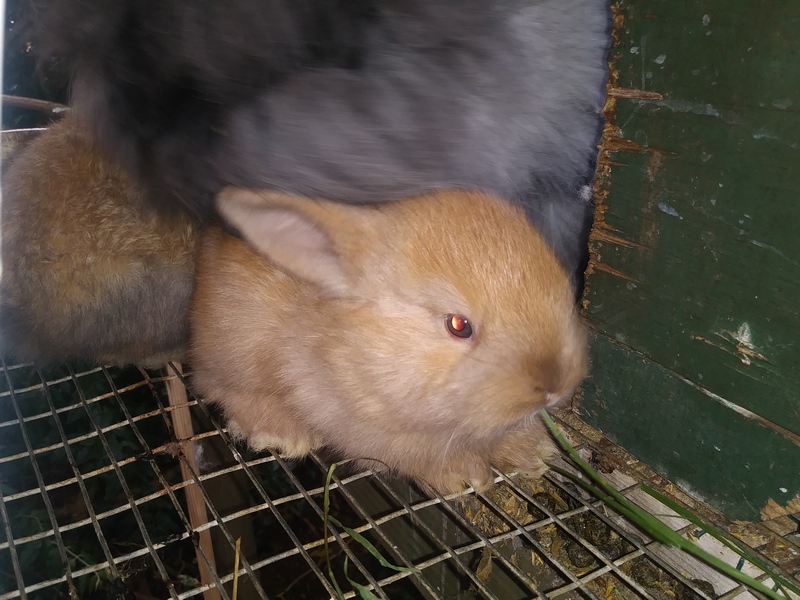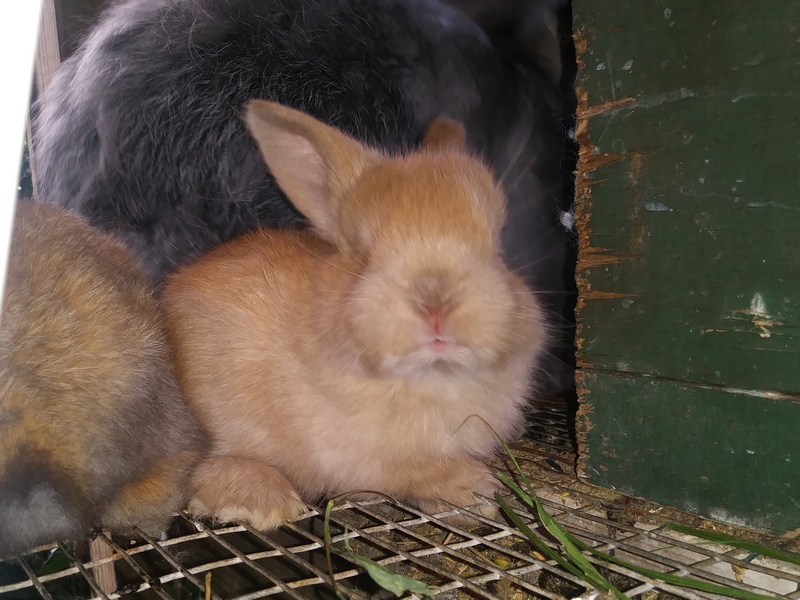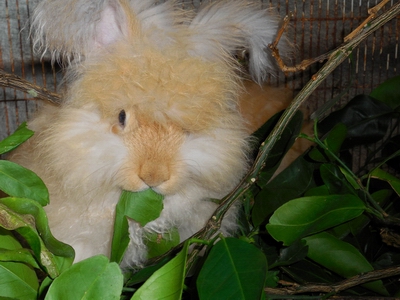Our hearts and best hopes go to everyone impacted by the Covid-19 virus.
Just because we're doing non-Covid things, doesn't mean we have forgotten the folks suffering from the virus.
We also really, really appreciate all those folks out there keeping things going and keeping everyone as healthy as possible.
It's still out there, be vigilant and continue to be safe!
June 21st, 2020
Happy Summer!
Garden harvests and new baby bunnies
True Gold sweet corn
planted April 6th, 2020
This is the first time in years we've grown sweet corn in the garden so it's been an adventure and waiting for the corn to be ripe seems to have taken forever!
It's been 76 days since it was planted, the instructions say 80-90 days, but I guess the corn didn't get the memo. The silks on some ears have dried and the kernels are full of milky juice and not clear juice. We cooked a couple ears today, they were fully ripe, but not overly ripe. A few more days wouldn't hurt them, but if we start eating the corn now we will be able to eat it all while it's fresh and not have to worry about how to store it. Guess that's the good part of a small corn patch.
Rat Damage!
Rats climb corn, who knew!
Apparently, rats also like corn! They've been climbing the corn stalks and eating the ears before they're ripe! We need a cat around here. I've been thinking of just putting some cat food out and seeing who shows up, although I suspect the first thing that would show up would be more rats.
Well, the corn is protected now so hopefully there won't be more rat damage. I don't mind sharing a bit with them, but it's not that big of a corn patch. I wonder if the commercial corn farmers have the same sort of issues?
There weren't any worms in the tips of the corn. Frequently, in Hawaii, there's caterpillars that also eat the ears of corn although they're usually just up at the tips. However, cutting the tips off solves that problem, except we didn't get any caterpillars in this batch. It may just be that the moths or butterflies or whoever lays eggs on the corn plants that turn into caterpillars just didn't find this corn this time.
Apple finally became ripe
Apples aren't usually a Hawaii crop, but this is a special 'low chill' variety of apple called 'Pettingill'. The low chill designation means that it doesn't need a long winter chilling time in order to set fruit. I'm still not certain that this apple is from the grafted part of the tree, though. It almost seems like it could have been from a spur off the rootstock, but as long as apples show up, it's all good.
This isn't quite the entire apple crop, but it's kinda close to it. There's about four more apples on the tree but this is the first year we've gotten any so we're happy. Growing apples in Hawaii isn't about growing the best apples, it's about getting any apples to grow. Or, as they say, "It isn't how well the bear dances, it's that the bear dances at all".
Brown sheep's fleece into yarn
Thanks, Bernie!
A friend's woolly sheep got sheared and she didn't know what to do with the fleece, so it was given to me. Lovely color even with the sun faged ends. There's all kinds of options when starting with a raw fleece so the sun faded tips can be worked into the final yarn.
With sun faded tips, there were several options. The fleece could be washed, dried and all the fibers carded together to get a solid one color yarn. Or - and this is the option we chose - the wool could be spun raw just as it is and let the faded tips add bits of lighter colors in the finished yarn. It has a heathery effect with the faded tips just spun in withouth blending.
The yarn still has some issues since there's short fibers as well as some harsher fibers in the fleece. All fleeces will have strengths and weaknesses and each individual fleece will have it's own characteristics.
Actually, I'm always astonished when reading a commercial yarn label and they call it '100% wool' as if that designation will tell us anything. Each breed of sheep has a different type and quality of wool. Merino sheep usually have wool that is soft and able to be worn close to the skin comfortably. It likes to spin thin from laceweight up to maybe doubleknit. The Clun Forst fleeces that I work with is a much 'springier' fleece and likes to be spun anywhere from fingering to way bulky. Hmm, 'way bulky' isn't an actual yarn size, but you know what I mean.
Petunia & Phineas Phogge's new babies
Petunia seems very surprised about it
The picture on the left is one day old, the picture on the right is twice as old at two days old.
The pink ones will be white when they're adults, the black ones will be 'black' although with angoras the color fades as their wool gets longer so they will be silver bunnies with black noses.
There were eight in the litter, although one didn't make it since it was out on the wire and it got too cold. She put the rest of them in the nest, though, so that's a good thing.
Petunia is settling into the mum business after a couple of days now. She initially seemed pretty shocked by the whole thing. This is her second litter, though, so it shouldn't have been that surprising? Her first litter was only two, though, perhaps she's amazed at how many showed up?
They were born June 19th and some of them from this litter will probably go find new homes in about eight weeks.
Lotus & Caesar's tortoiseshell baby bunny
three weeks old and out and about
This is a color called 'tortoiseshell' or 'black tortoiseshell'. The baby will look like his (we think it may be a 'him' and not a 'her' but it's still pretty early to tell) sire, Hillside Caesar. Which means a blond bunny with a black nose and ears.
These are both 'tortoiseshell' baby bunnies. The one who looks all blond is a 'chocolate tortoiseshell' instead of the standard 'tortoiseshell' aka 'black tortoiseshell'. This chocolate tortoiseshell will look like an allover blond bunny when he or she is older.
There's also the little black bunny who is in this litter of three, but she didn't want to stand still long enough for a picture. I'm guessing - at this age, all it is is guessing - that the black one is a female and the two tortoiseshells are males. But it's still pretty early to be certain.
I think I'm really going to like the color of the chocolate tortoiseshell, but that is also the smallest one so if it's male, it shouldn't be kept as a herd buck. Hmm, maybe for one litter, but not many? I'll have to check the database. If it's a female, we can keep her since one female doesn't have as much impact on herd quality as a male does. We keep a lot less males, but they are much more important for herd quality than the females.
Roof installation on the Fixer-Upper
of course we pick a windy day
The roof is finally being installed on the fixer-upper. I had thought it would have been done a couple of weeks ago, but then it was windy. It wasn't so much that the wind kept us from installing the roofing as it was we decided installing a LOT of Simpson fittings and other hurricane ties would be a Very Good Idea. The lanai looks out over the Pacific Ocean and the nearest land mass in that direction is somewhere on the mainland so there's over 2,000 miles of open ocean in that direction. Not exactly a lot of things to block the wind.
Starting at the base, there's rebar about 3 to 4 feet long pounded into the ground in a tripod shape. The ends of the rebar are hooked over the bottom of the stirrup of a Simpson post fitting. Then concrete is poured around that to weld it all together. The bottom of the lanai posts are bolted to the Simpson fitting with through bolts that are either 1/2" or 3/8" diameater, I forget exactly which at the moment. The top of the posts have more Simpson fittings and more through bolts. The top of the posts to the roof beam have Simpson fittings and Simpson strapping over the top. The little fittings didn't look strong enough, so the strapping was added. The roof rafters are attached to beam with more Simpson fittings and then the purlins are also attached with Simpson fittings. The aluminum roofing is being screwed down with roofing screws. So we really hope the roof stays put when it's windy.
Click on the picture above for the previous blog entry
or check the list of older blog posts at the bottom of this page
Click on the bunny for the Home Page
